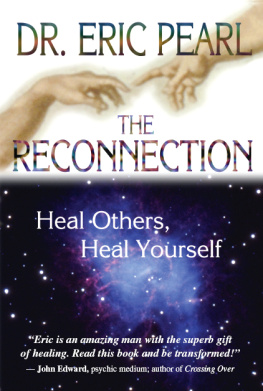Curious Pearl here! Do you like science? I sure do! I have all sorts of fun tools to help me observe and investigate, but my favorite tool is my science notebook. Thats where I write down questions and facts that help me learn more about science. Would you like to join me on my science adventures?
Youre in for a special surprise!
Some kids are into sports. Other kids know all about dogs or trains. Not me. I love science!
Lately, I have been studying sunsets. Today, my friend Sal and I swam in the lake. Later, we watched the sunset. It was beautiful. I wrote down the time in my science notebook.
Sunset Times:
Tuesday: 7:39
Wednesday: 7:38
Thursday: 7:37
Friday: 7:35
Saturday: 7:34
The Sun is setting earlier every day, Sal said.
Thats because the season is changing, I said. Summer is almost over. Fall will be here soon, and then winter.
I get it, Sal said. In summer we have long days. But during winter, days are short. Sal thought for a second and then grinned. We better get ready for snow, he said.
Not yet! I said.
Remember my pen pal, Mateo, from Argentina? asked Sal. Well, he said they got snow today. I bet its headed our way.
Wow, I said. I shivered in my swimsuit. I do NOT want snow today!
We better go change into some warm clothes, joked Sal.
Dont worry, I said. We wont get snow tonight. I shivered again. But we do need to head to my place. Lets go!
We went to my apartment. Sal dug out some .
Next we looked for Mateos city on the globe.
Sal pointed to Argentina on the globe. So, is it winter in the Southern Hemisphere right now?
! Yes, it is! I said. Eureka is a scientific word. I use it when I get excited about a new discovery.
I jotted down some notes in my notebook.
Seasons in the Northern and Southern Hemispheres happen at opposite times. When its summer in the Northern Hemisphere, its winter in the Southern Hemisphere.
Lets think, I said. What makes it warm on Earth?
The Sun, replied Sal.
Eureka! Thats true! I said. And it says here that Earth has an axis. Its an imaginary pole that runs from top to bottom through Earths center.
That makes sense, said Sal.
Earth spins, or Sun at the same time, I said.
Its amazing we all arent dizzy! joked Sal.
Earth rotates once in 24 hours. Thats why a day on Earth is 24 hours.
Lets try something, I said to Sal as I walked over to the globe in the corner. I grabbed a small lamp and removed its shade.
Lets say this lamp is the Sun, I said.
The lamp shined a bright warm spot on the top half of the globe. That half is the Northern Hemisphere, I said. The light shining on the bottom half, or the Southern Hemisphere, is slanted. Its not as strong.
Right, said Sal.
As Earth rotates, part of it is pointed toward the Sun. The other part of Earth is pointed away from the Sun, I told Sal.
But that doesnt explain why weather changes, said Sal, or why snow is coming.
Snow isnt coming! I said.
While Earth rotates, part of it is pointed directly at the Sun. That part of Earth experiences daytime. The part of Earth pointed away from the Sun is in darkness. It is nighttime there.
I spun the globe around again. Because of Earths tilt, the Northern Hemisphere is getting sunshine longer than the Southern Hemisphere. That means the day is shorter in the south.
Always? asked Sal.
It cant be always, I said. Because we know our days are getting shorter now, at the end of our summer.
Maybe Earth changes the direction it is tilted, said Sal.
Dad sat down and joined us. Earths axis is always tilted in the same direction, he said.
So how does the weather change? I asked.
Remember, Earth also moves around the Sun, he said. In fact, it takes one year for it to go around the Sun one time.
Eureka! Thats right! I cheered.
I get it, Sal said. Its winter in the top half of Earth when more light is shining on the bottom half.
I picked up the globe and walked around the lamp. Soon, more of its light was shining on the top half of the globe.
And its summer in the top half when Earth is over here, I said. Now more light is shining on the Northern Hemisphere.
Seasonal changes happen because of Earths tilt on its axis and its orbit around the Sun.
I moved the globe around the lamp to see how the light changed. Areas near the Sun, the amount of sunlight doesnt change much there. The weather doesnt change much either.
Okay, but what about areas near Earths top and bottom? asked Sal.
You mean the North and winter, the North Pole is in darkness for about 11 weeks straight.
Thats a big difference! Sal said.
Yes, it is! I said. Let me write this down.
Places near Earths equator receive a lot of sunlight. So areas near the equator dont have as many seasonal changes as areas farther away from the equator.
Dads phone rang, so he walked out of the room. Sal grabbed a jacket and put it on. But soon his face was getting red. He must have been getting sweaty in his hat, gloves, and jacket. He said, So Earth moves around the Sun one time every year. Its always the same.
Yes, and we can when the seasons will change, I said.
I predict it will not snow tonight, Sal said.
I predict you are right! I replied.






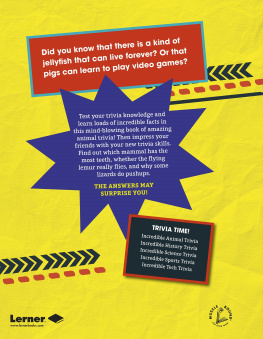

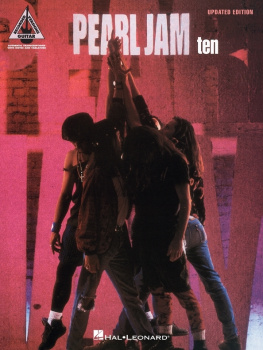
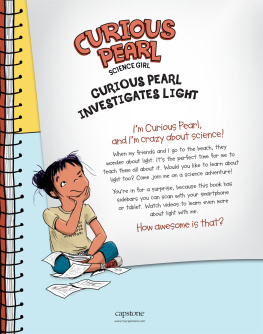
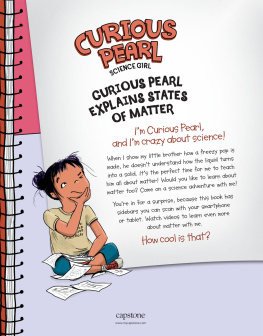

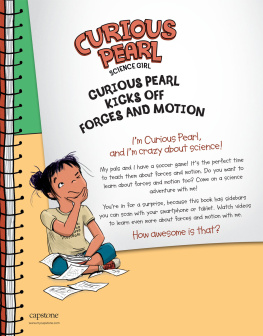



![Eric Pearl - The Reconnection: Heal Others, Heal Yourself [Paperback]](/uploads/posts/book/138562/thumbs/eric-pearl-the-reconnection-heal-others-heal.jpg)
